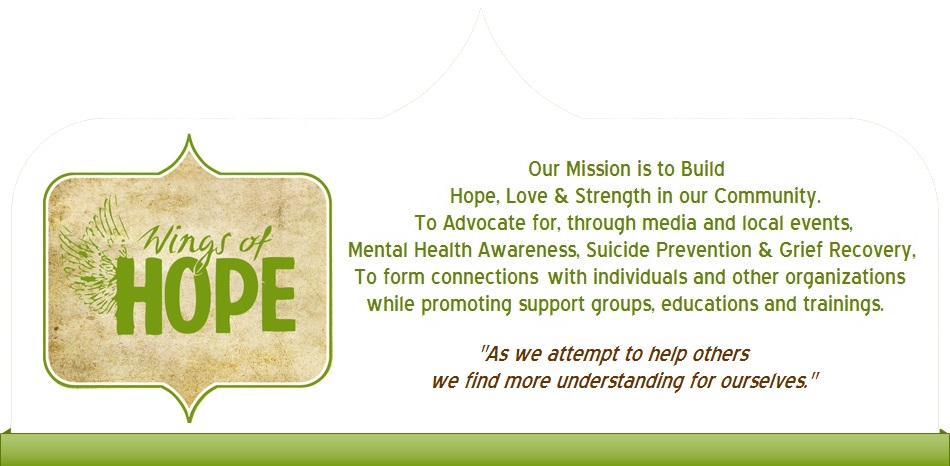It was recently pointed out to me yet again that I am not all that good at vulnerability. Of course, I can recall numerous occasions that I have gracefully sashayed my way through a moment of vulnerability or two; however, all in all, I must concur with my critics and agree that vulnerability is not exactly my greatest strength.
Like most of you, readers, I have spent a great deal of my life proving to myself, and others, that I have value, strength, and character. In doing so, I have worked hard to get where I am at by carefully aligning my strengths with my confidences to overcome hardships, triumph over obstacles, and trudge through the sloughs of wilderness that seem to be inherent to our human experience. As such, I have relied on these virtues to thrive and survive, while making a (sometimes very conscious) decision to hide certain parts of myself in order to be strong, sure-footed, and unequivocal, and protecting myself from what I have perceived as potential weakness. Naturally, then, putting myself in a position to be vulnerable is not exactly my first nature. Rather, doing so can feel quite foreign, counter-intuitive, and uncomfortable.
Yet as I have grown older, I have come to discover that strength and vulnerability are not exactly opposites. On the contrary, vulnerability requires a great amount of courage, for being vulnerable is to be authentic despite our greatest fears and put ourselves at risk of rejection. Similarly, vulnerability requires that we accept and embrace the parts of ourselves that we would rather ignore, change, or deny. By definition, vulnerability even takes this one step further and requires that we do so in the presence of others, forcing us to acknowledge these protected parts of ourselves, talk about them as they are, and claim them as our own. The very nature of vulnerability requires that we feel raw, unsure, and exposed.
So, how to we evolve in the name of vulnerability, and allow ourselves to transform? Consider the following exercises:
Practice Self-Awareness: Begin this practice by simply being mindful of your feelings of vulnerability when they arise. Take note of what has triggered these feelings, and reflect on the qualities of yourself that you would rather have camouflaged. Bring yourself to the edge of this practice by asking what exactly it is that you do not accept about yourself regarding these attributes.
Reveal Something: Revealing parts of ourselves can feel risky, it is true. However, in doing so, we are sharing who we really are, thus encouraging others to connect with our truest selves on a more intimate level.
State How You Feel. At That Moment: When you feel that you have lost your footing, find your voice and give a name to what you are experiencing. Not only is this transparency authentic and true, but it gives others permission to do the same.
Admit When You Are Wrong: Be accountable. Accept your mistakes. Forgive yourself. Then, move on. You may be surprised to learn that most others will follow your lead.
Admit Your Weaknesses: Despite the fact that no one of us is perfect,admitting our weaknesses to others can take great strength. Yet, doing so allows us to be better supported by those that complement who we are, thus allowing us to grow.
Celebrate Your Imperfections: Allow yourself to be “good enough”. Embrace your idiosyncrasies. Consider how your weaknesses are in reality your gifts. And finally, fully accept all that you are, for that is heart of vulnerability.
-El


